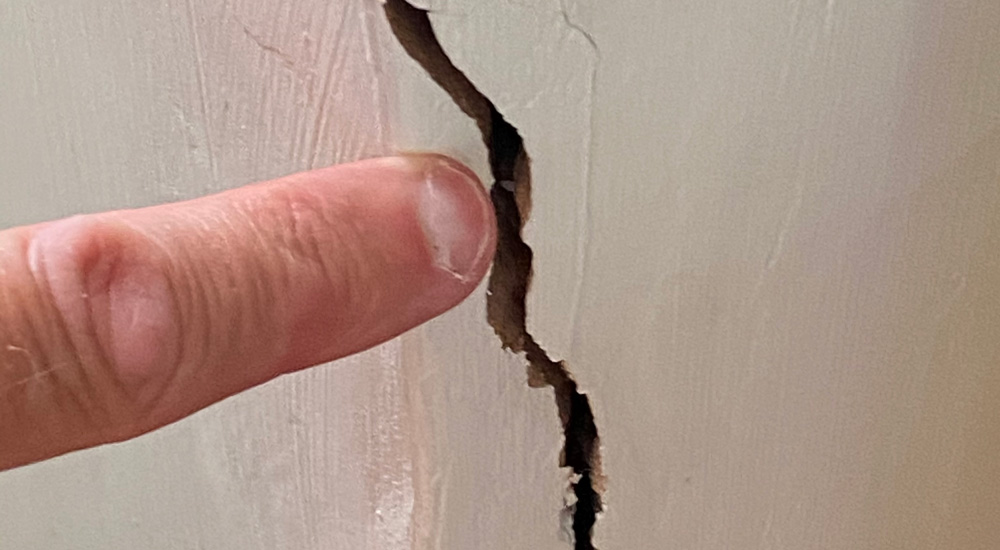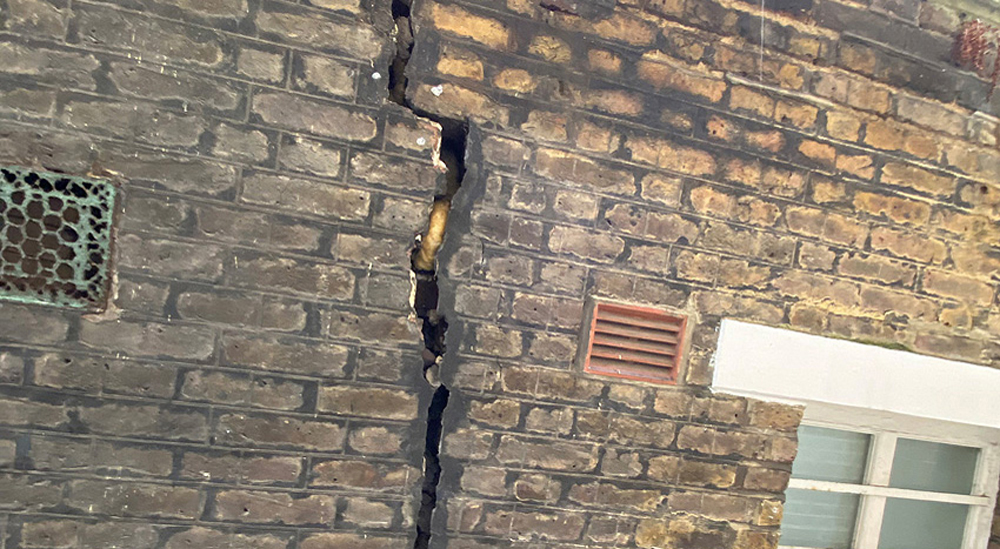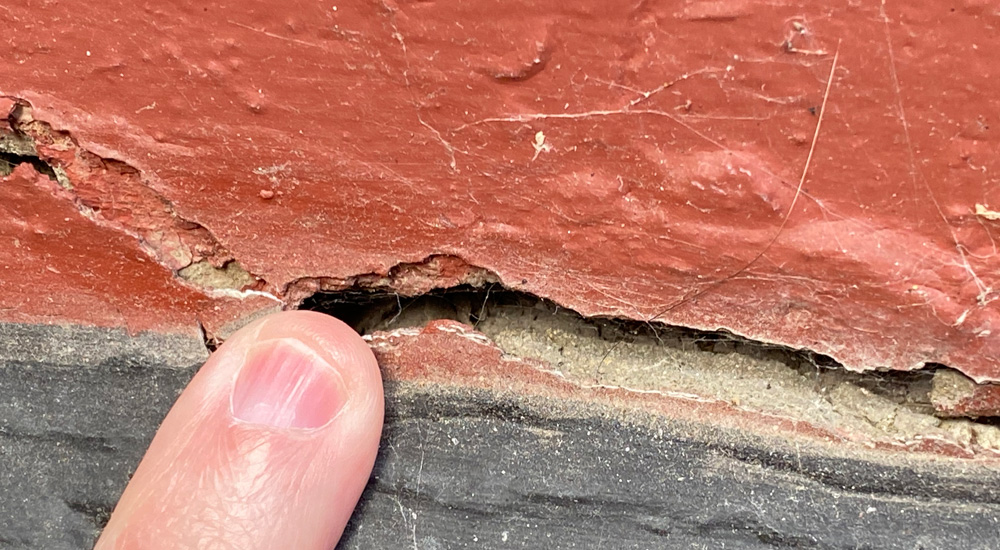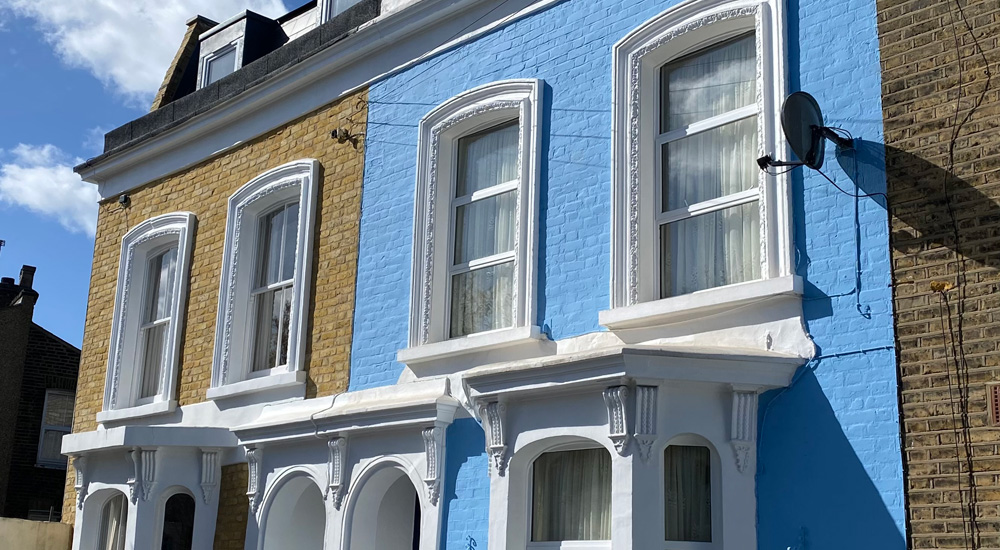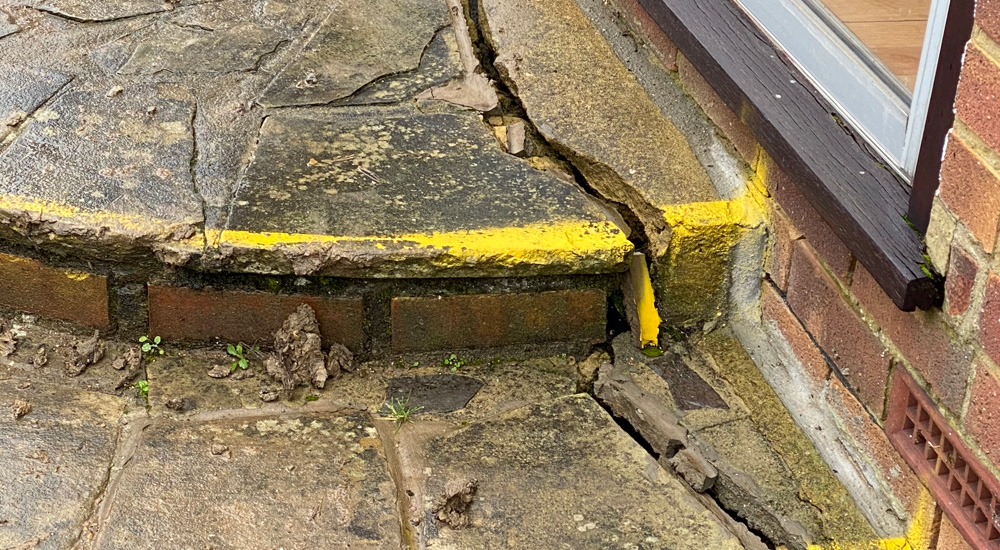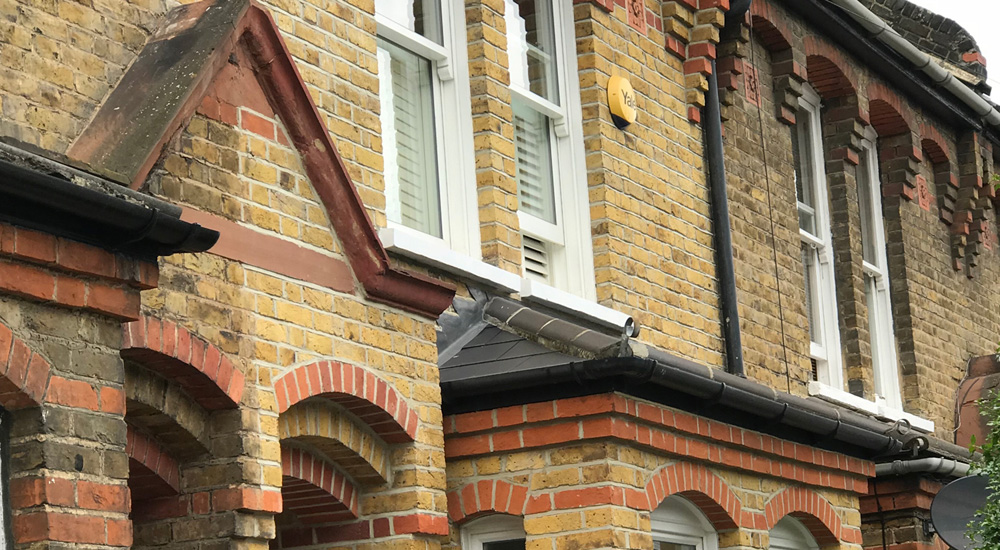In our first article, we discussed in detail what is a crack and why we worry about them. In this second article Simon Pole BSc C Eng FIStructE MICE MRICS MAE of SERL Pole Structural Engineers Reports looks further into…
Structural Engineers Reports . Org
Browse our Blog resources tailored to you and your needs regarding everything to do with Structural Engineering Reports
Simon Pole BSc C Eng FIStructE MICE MRICS MAE of Pole Structural Engineers Reports has been inspecting and reporting on residential building defects, including cracks in residential property for more than 40 years. Simon is well known within the profession…
Settlement and subsidence are terms that are often misunderstood. Both terms describe the downward movement of a building, resulting in cracks, but there are important differences, with varying outcomes. It’s important to be able to distinguish between settlement and subsidence…
The process of selecting the appropriate property professional is confusing to both the public and many lenders and insurers. Unlike the term ‘Architect’ which is protected in law, the terms ‘Surveyor’ and ‘Engineer’ are not and can, unfortunately, be used…
Structural Engineers’ Reports inspect the structural condition of a property. At Pole Structural Engineers, we offer two types of structural reports to meet the different needs of our clients, lenders, and general surveyors. A Structural Engineer’s report is more specialised…
There is understandable confusion between the terms Structural Engineers Reports and Structural Surveys for several reasons. These include: RICS general surveys used to be called structural surveys. The industry term ‘survey’ is too broad without clarification. Lack of public knowledge…
CONTACT
SERL Pole Structural Engineers Reports
4 Bloomsbury Square London WC1A 2RP
60 High Street, Wimbledon
London SW19 5EE
SERL POLE STRUCTURAL ENGINEERS
Copyright © 2024 All Rights Reserved
Website Design & Managed by Two Lizards & Profitable Websites




